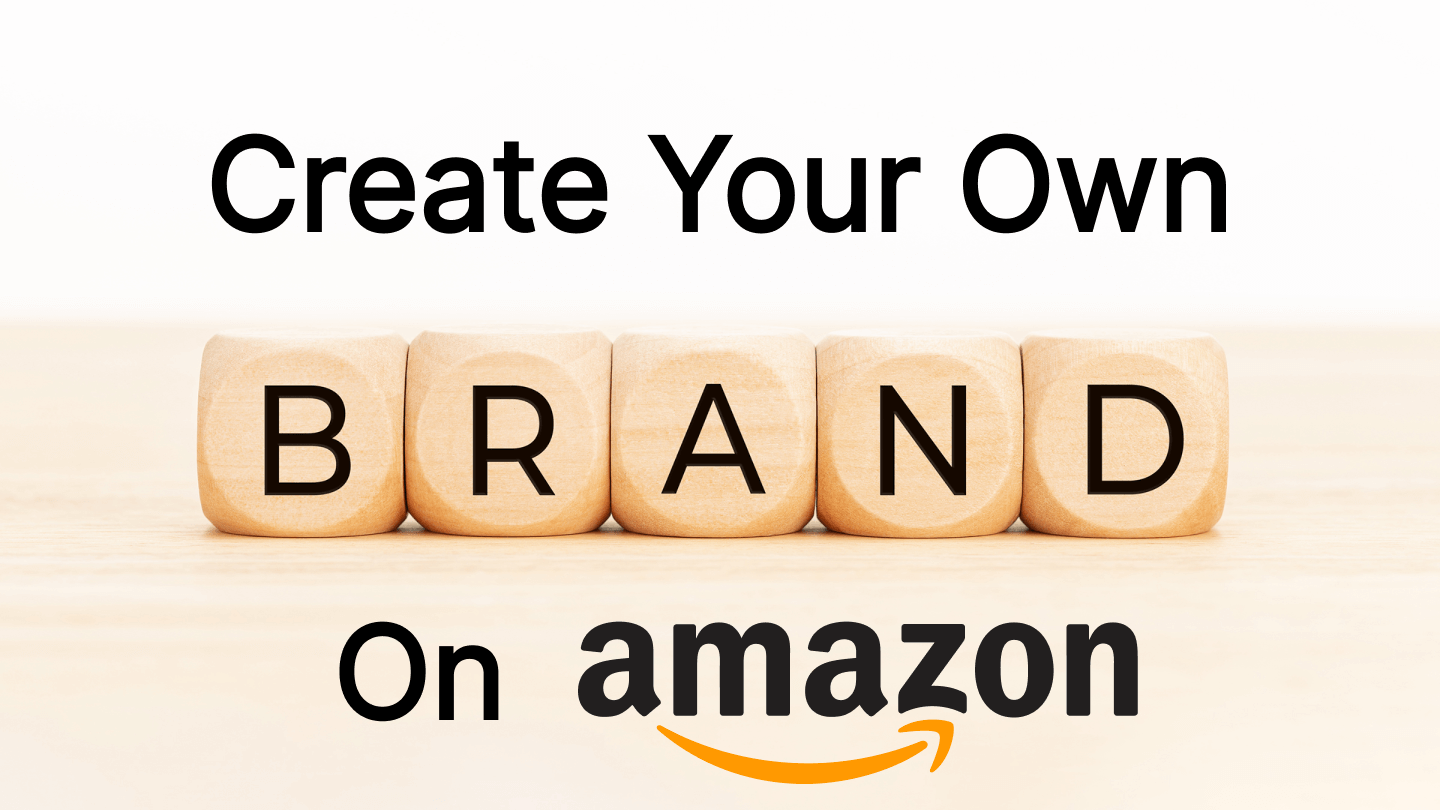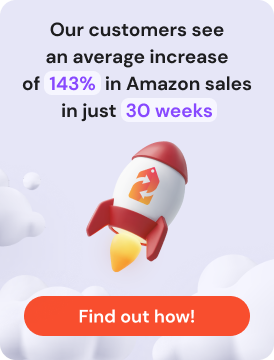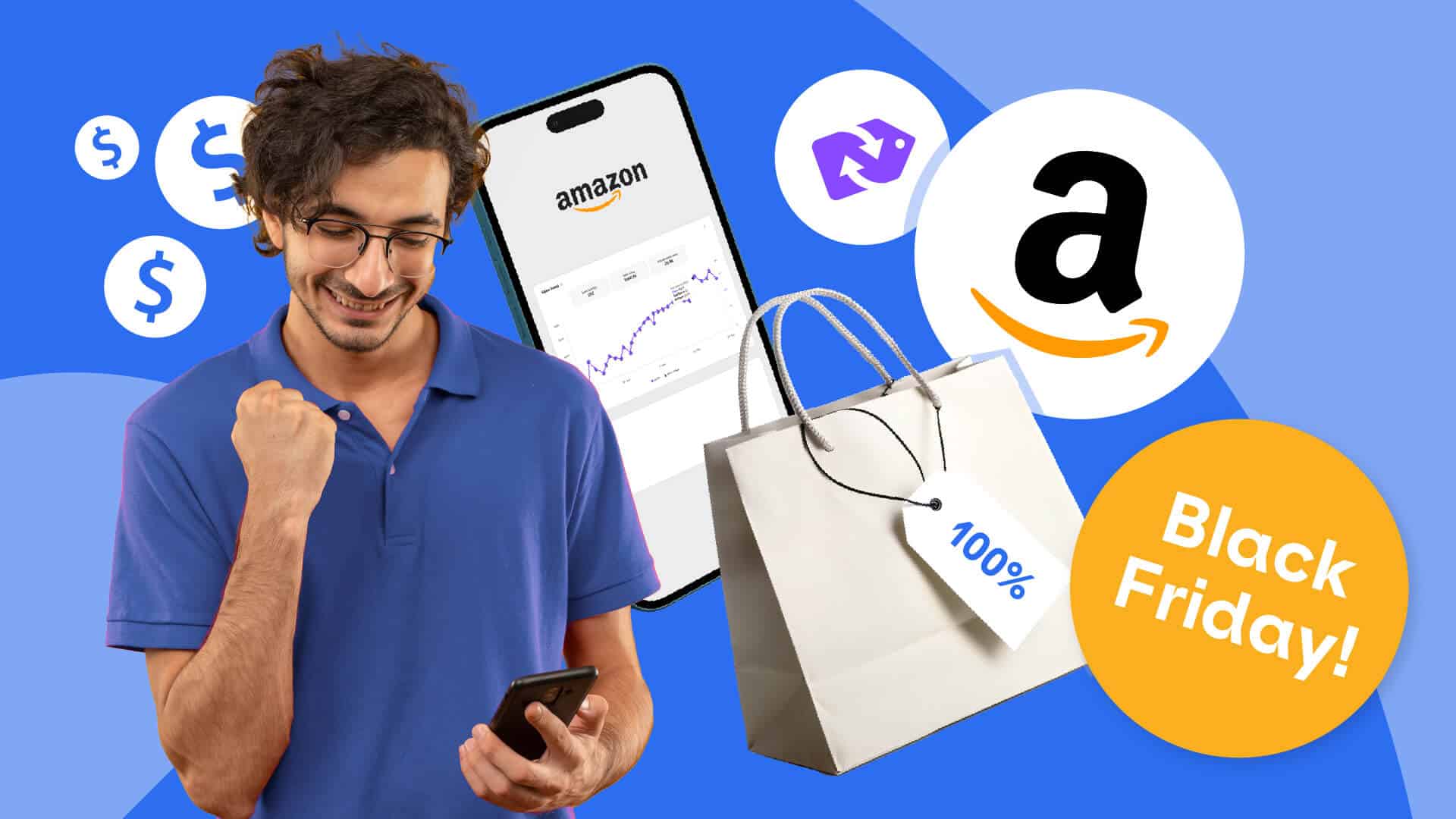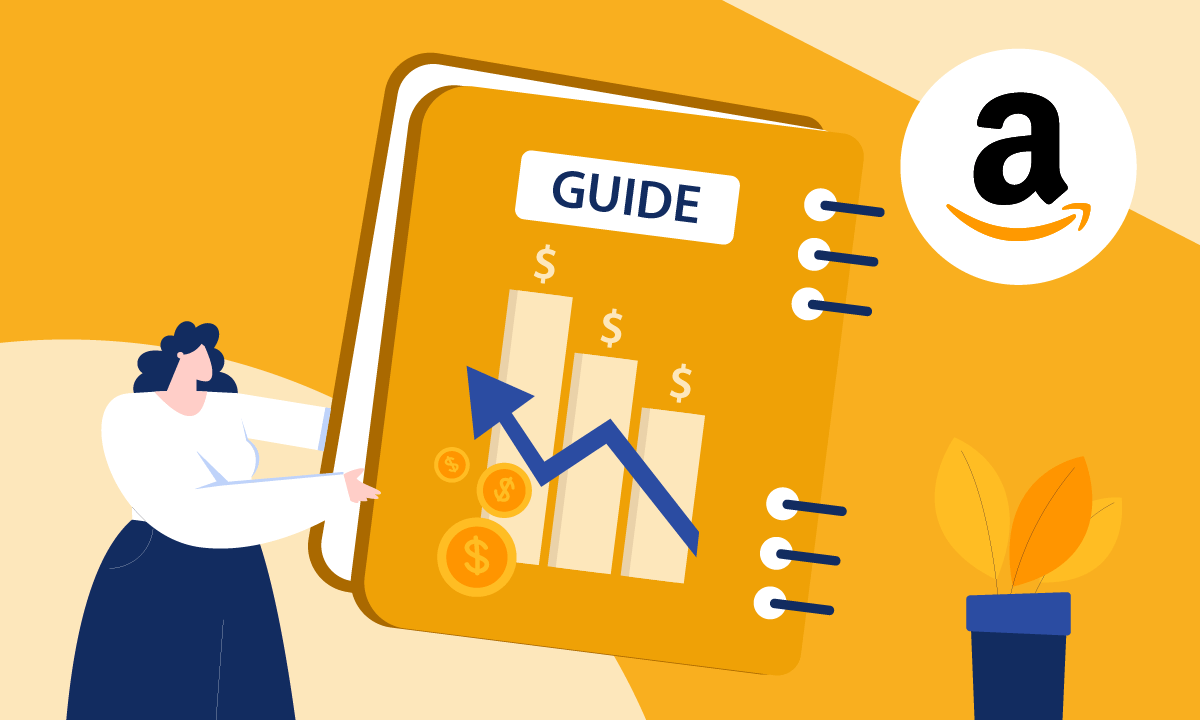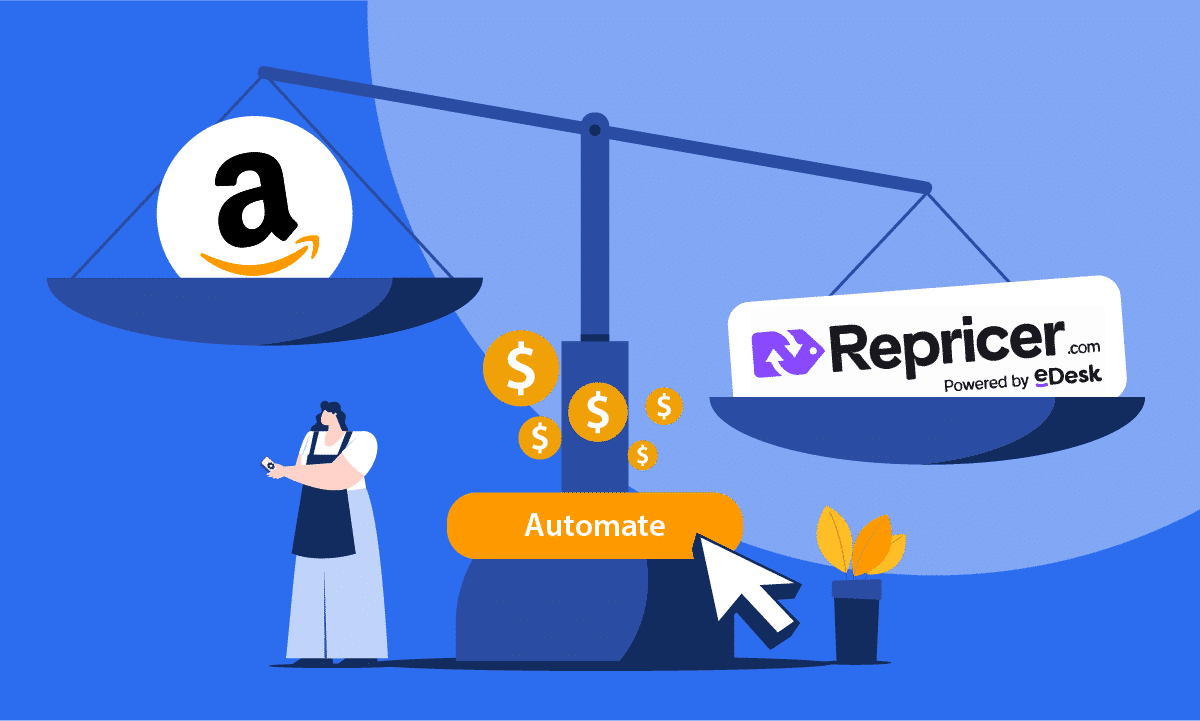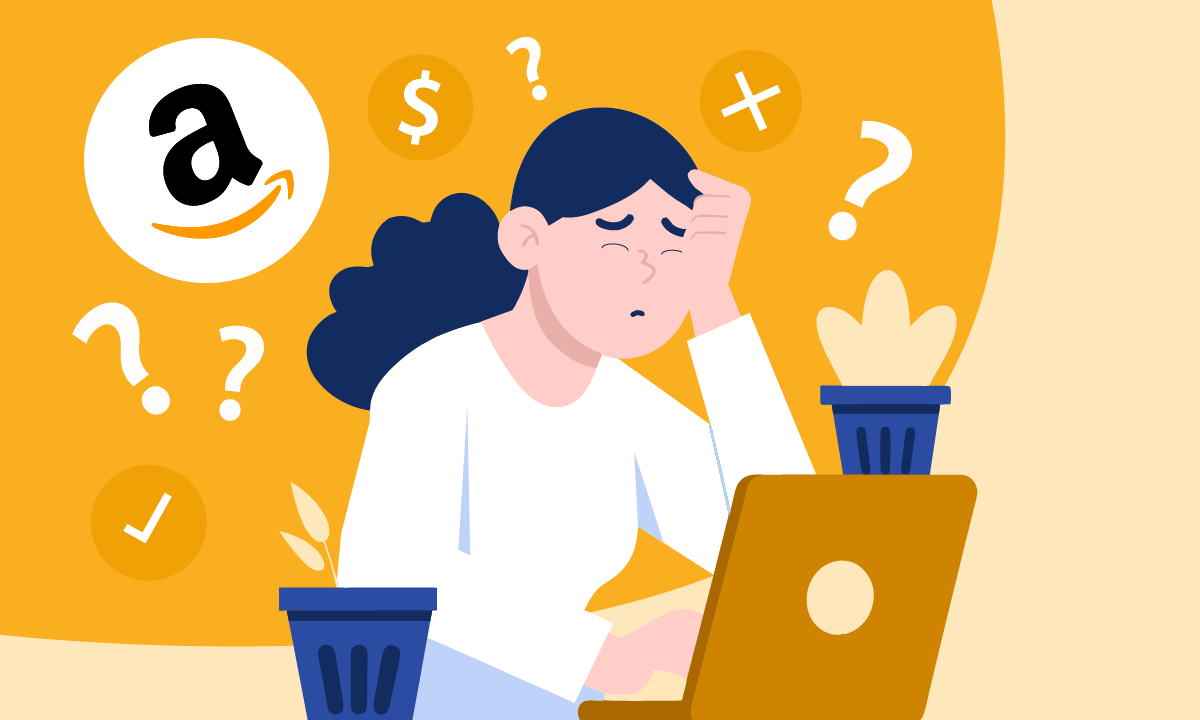Why should you have a brand on this awesome sales platform?
Years ago someone pointed out that the ultimate sign of a strong brand is when Joe Public starts calling the product by the brand name.
Think Hoover. Think Google.
These two brands have become common nouns: they’re even verbs!
What better way to illustrate the power of a brand than to accept it into language as a noun? So, having seen the peak of this brand pyramid, everything you can do to move in its direction is good for your new brand and good for you.
Could this be you and your brand? Where do you start to create your own brand on Amazon?
First, let’s remind ourselves what a brand is and talk about it in the context of the wonderful world of eCommerce and selling.
Let’s then have a look at finding your target market, naming your brand and creating it, sourcing suppliers for your branded product or products, and getting on to the giant platform that is Amazon.
What is a Brand?
A brand can be a mark, trademark, trade name, style or, as we’ve seen above, a particular product or kind of product.
That’s the functional essence. But what can having a brand mean to you and your customer?
What having a brand can mean to you
Having a brand can help you focus on what your selling proposition really is.
A brand can help you articulate the benefits of your product. This isn’t just about descriptive words; it’s about how you present your brand and its products to the outside world.
It can be everything from tone of voice and style to trust, quality and reputation.
You want to be in a position as a seller where people will like your brand, get to know it, know what it stands for, and look out for it.
The reward of having your own successful brand is of course revenue, and running a successful business, but it goes deeper than that.
When you create your own brand on Amazon, and optimise its success, this can help you stand out from the competition.
Your own brand can give you a unique selling proposition and, most important of all, longevity and credence in the marketplace.
What having a brand can mean to your customer
A customer that comes across your brand and remembers or even buys it will, if you’ve presented everything well, appreciate and remember its quality and return to it when they need to buy again.
A customer that’s pleased with your brand can become loyal to your brand, and this puts you in a strong re-selling position.
What products can or should you sell under your brand on Amazon?
The world is your oyster here.
You don’t necessarily have to conceptualize and create your own product. There are millions of great products out there that already exist. All you have to do is find them.
It doesn’t matter that someone else has already had the idea for a good product. If it’s an available wholesale product that you can buy in bulk, you can purchase it and make it your own, under your own brand.
This is called ‘private labelling’. It’s also often called ‘white labelling’. Think of this as literally putting your branded label on someone else’s wholesale product, with their permission, and calling it – and selling it – as your own.
Let’s look at some of the benefits of using private label products before we look at creating your brand, sourcing suppliers and putting your branded product on Amazon, the ultimate marketplace.
The benefits of selling your own branded goods on Amazon
Amazon is a very busy, competitive marketplace.
We’ve already touched on this before but having a brand can help you stand out from the competition. Actually, if you get your branding right, you aren’t just standing out from the competition you’re beating them, and customers are buying your product rather than those of your competitors.
Once you’re selling, the chickens will come home to roost!
Here are some of those benefits:
1. You can retain customers
Once they’ve bought your product, enjoyed it and your customer service, your customers will remember your brand and come back when they need the product again.
A knock-on effect of this can also be that pleased customers can become advocates of your brand, recommending your brand to friends and leaving good reviews on Amazon and social media. This can drive more sales to new customers. It’s a great place to be as a business.
What also comes with repeat sales is brand loyalty. When the time comes, and you launch a new product in your portfolio, you already have an audience that has clocked your brand as good, and they’re likely to give your new product a try.
2. You can grow your business more easily
The beauty when you create your own brand on Amazon is that you don’t have to reinvent the wheel every time you launch a new product. You’ve already done the hard work with your original product. Your existing customer base is already familiar with your brand and the quality of its products so launching a new product and growing your business can be a lot easier.
3. You’re set up to last
We’ve already mentioned longevity, but it’s worth mentioning again as it’s a huge benefit of selling under your own brand on Amazon.
Just imagine if you had to keep starting again every time you introduced a new product. It would be inefficient, stressful, and frankly a bit of a nightmare.
When you create your own brand and establish it, you aren’t only forming relationships with customers; you’re nurturing relationships with the people who work with you to get your product to market.
We’re talking here about your manufacturer or supplier, the packaging company you use, and the fulfillment agent. All these parties will have seen your business is up and running and working and it will be easy for them to accommodate helping you with your new products. You aren’t having to persuade them from scratch to believe in you and your business every time you want to launch a new product.
Note you’ll see we mention fulfillment above. Your fulfillment agent could well be Amazon itself, if you use their Fulfillment by Amazon (FBA) service.
Now there’s a partner, if you don’t know already, you’ll be wanting to have a strong relationship with. We touch on Amazon a bit more below.
So far so good. We’ve considered what a brand is and what it can mean to you and your customer and we’ve even had a look at some of the main benefits of selling under your own brand.
The next step is to think about your target audience. Time to put on the thinking cap.
Who do you want to target?
This is an important decision for you to make. If you don’t get your targeting right, you can waste a lot of effort, time, and money.
The crux of the matter here is deciding who you want to be selling to.
You need to identify the kind of person who, in an ideal world, will be wanting to buy your product. There’s no point in trying to sell something to someone who isn’t interested.
Here’s an example. If you decide to try selling a premium delicate carpet cleaner, you’ll want to be appealing to people who have carpets that they care about and are willing to spend money on. These people are discerning and willing to pay extra for quality. So,
- Start thinking in their language.
- Start thinking about their carpets and what they want for them.
- Start thinking about what your brand should be saying to these people.
When you’ve got an idea of your target audience, it’s time for you to be creative and define your brand and give it a name.
Create your own brand on Amazon
You want to choose something that’s memorable, something that makes an impression, and something that alludes to what the product or brand is and what it can do for the customer.
You’ll need a name, a strapline and a logo.
Bear in mind that we aren’t just depending solely on words here. Your brand can make a big visual impression. Many brands, for example, use colours or images to ‘talk with’ the customer.
For example, some brands use images of greenery or nature to imply something benign, natural and good.
After some good thinking about your new brand and imagining putting it in front of your targeted audience, see if you can come up with a name, a strapline and a logo. If you aren’t able to come up with these yourself, you can always get a professional to help you. There are lots of good freelance creatives online, like logo designers and copywriters, that can create your brand for you. Consider finding them on sites like Upwork, Fivver or 99designs.
When you’ve got your brand, it’s time to find your private label product.
How to find your private label product
The chances are you’ll have already decided what you want your product to be. Whether you have or not, you’ll need to find the right manufacturer or supplier for you. Some people browse potential products by looking at the Amazon website itself. There are also various tools like ZonGuru that you can use to study what’s selling on Amazon and why.
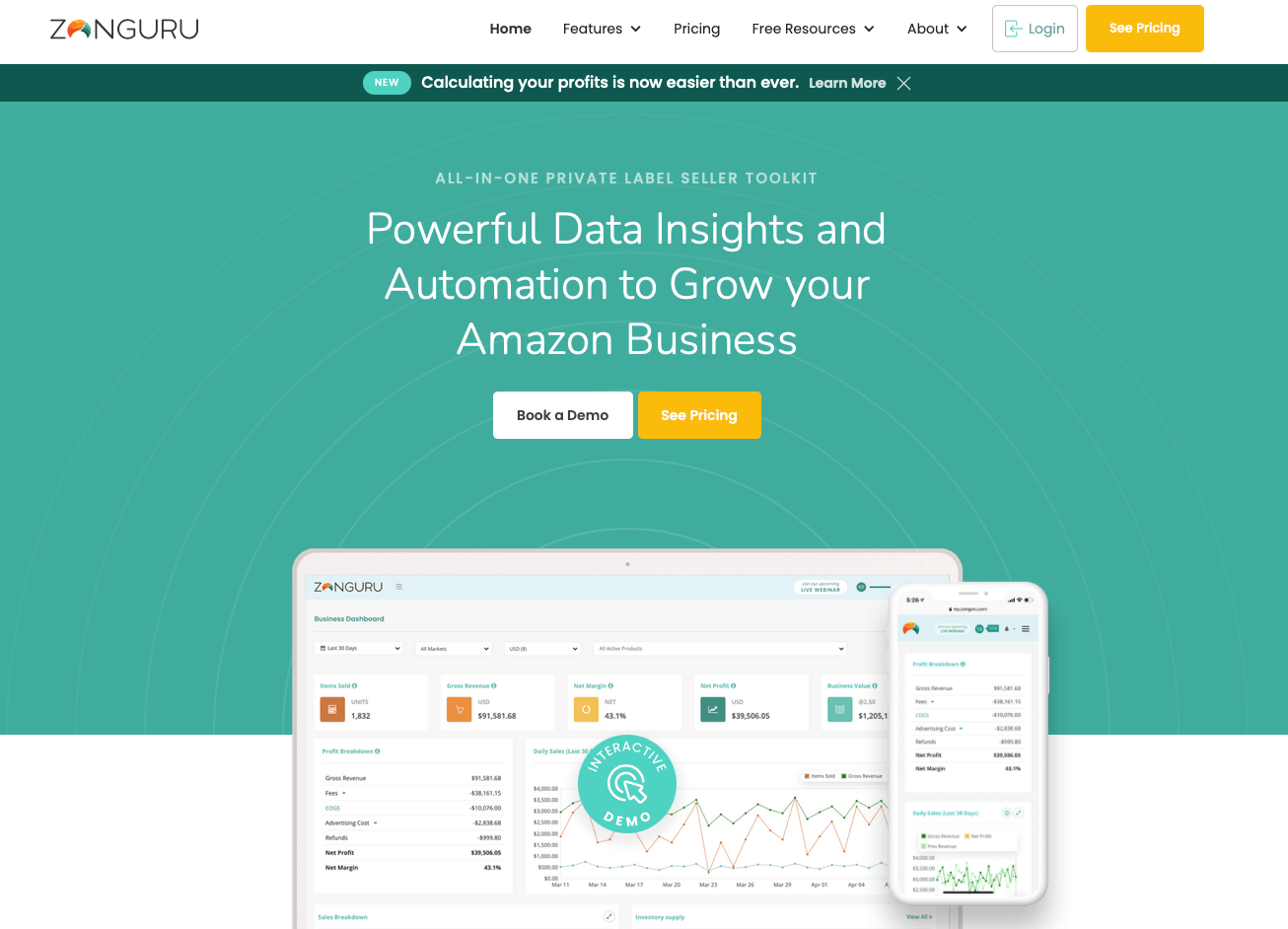
6 quick tips when looking for a product on Amazon
1. Study Amazon fees so you can account for them when projecting sales and costs.
2. Look for in-demand products that have low competition.
3. Consider products that are good for repeat sales.
4. Be wary of trendy or seasonal products.
5. Upmarket goods with good packaging tend to have fewer competitors.
6. Avoid taking on big players with deeper pockets in your product space.
Once you have an idea for your product, you’ll want to find the wholesale supplier or manufacturer.
Many people use the hugely popular Alibaba which covers mainly Chinese manufacturers. Alternatives include AliExpress, DHgate, eWorldTrade and Indiamart. There are many more.
Once you’ve found your product, you might choose to pause to make sure you have a website, email, and business address before contacting the manufacturer or supplier. These can give a better impression than just being a single person looking around. A manufacturer is more likely to take you seriously if you show you mean business and are a serious player.
Whichever manufacturer or supplier you choose to go with, it’s good preparation to have some notes or a list of questions ready. You could even create a copy-and-paste template of these for ease of use when contacting multiple suppliers.
Some questions to consider asking manufacturers
- Are they a trading company or manufacturer? If the former, it’s likely you are talking with a ‘middleman’, and it might be worth trying to find a manufacturer instead.
- How many factory staff do they have?
- Where are they? It’s good to know if they are well connected when it comes to transport and shipping.
- Which countries do they already do business with?
- Do they supply any brands? If so, ask for examples.
- Have they supplied products destined for Amazon before?
Add any additional questions you come up with to this list.
What’s next?
When you’ve got your brand, identified your product, and done some initial sums to check feasibility, it’s time to get going with Amazon. You’ll find there’s a lot to learn and to do, but don’t worry as Amazon is great at welcoming new sellers and teaching them how to sell in the world’s favourite marketplace.
Here’s a high-level view for you of the next steps to take.
Step 1
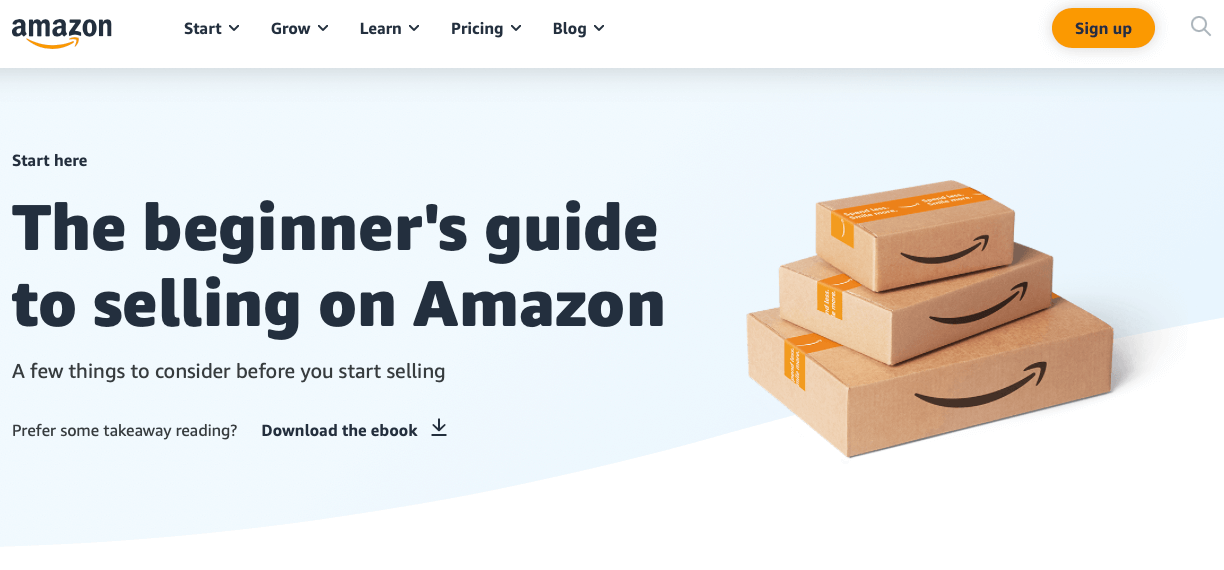
Create an Amazon professional account that will give you access to Amazon Seller Central.
Step 2
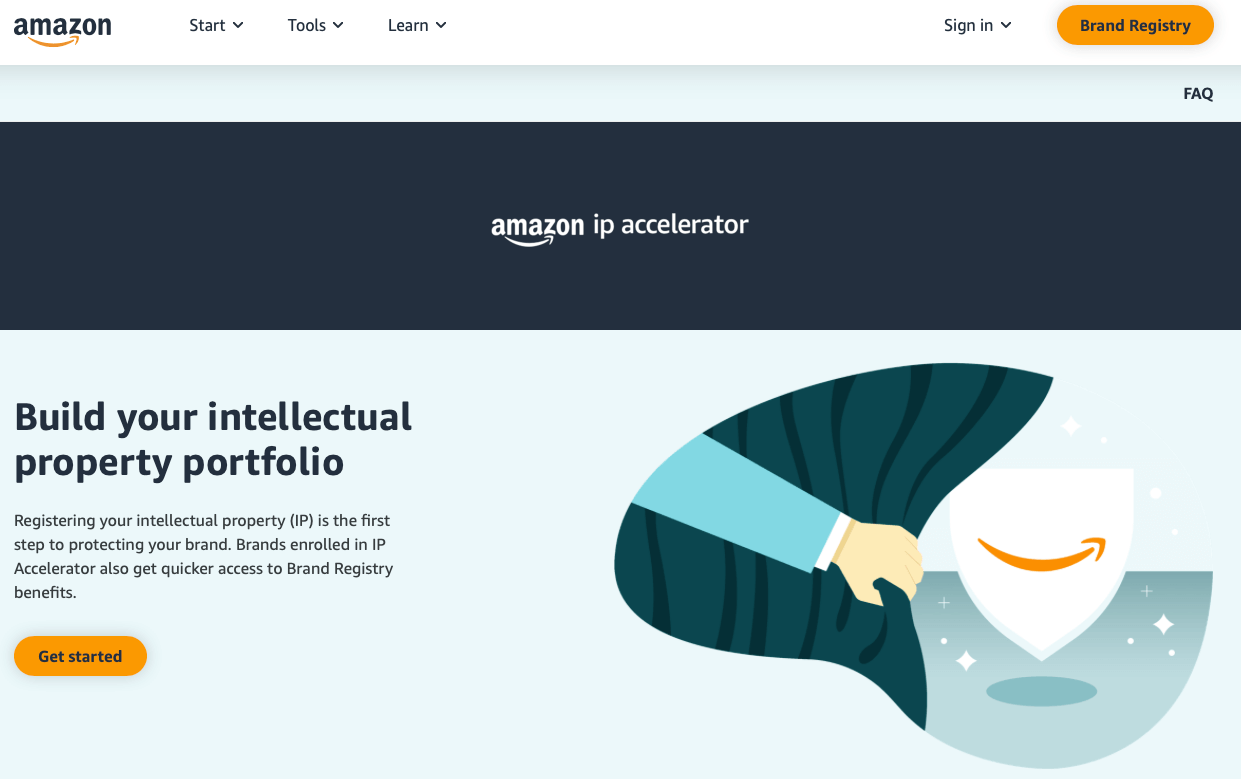
Register your intellectual property to help protect your brand using Amazon IP Accelerator.
Step 3
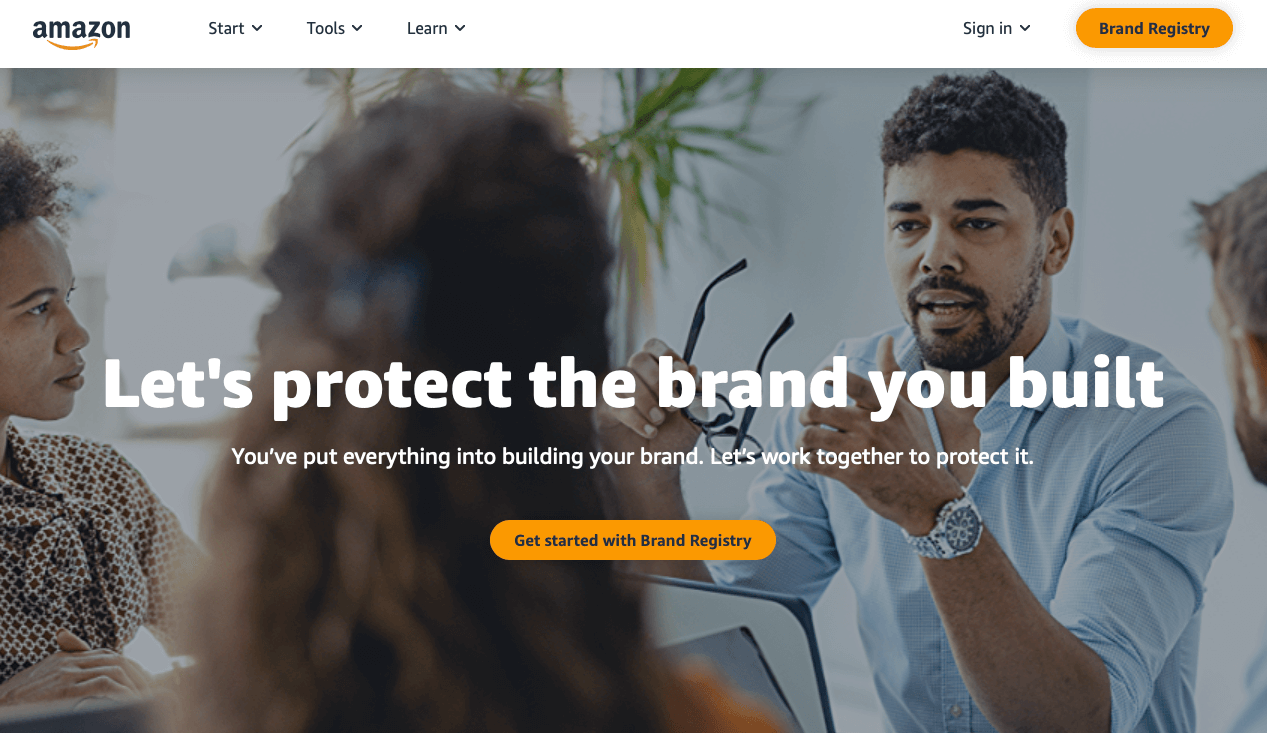
Sign up with Amazon Brand Registry.
Step 4
Once Amazon Brand Registry has approved your brand, you get access to tools and resources to help you manage your products and create and maintain your brand on Amazon.
Three of the main features you’ll get are:
- The A+ Content tool – a great opportunity to showcase your product.
- An Amazon Store – multiple pages to showcase your products and brand.
Access to Sponsored Brands functionality – advertising on Amazon that you pay for.
Step 5
Once you’ve settled in and got your brand up and running on Amazon, there are Amazon programs you can consider using to help boost your brand and its sales. You can find these in Seller Central.
Now, it’s time to put your new business into action and create your own brand on Amazon!
